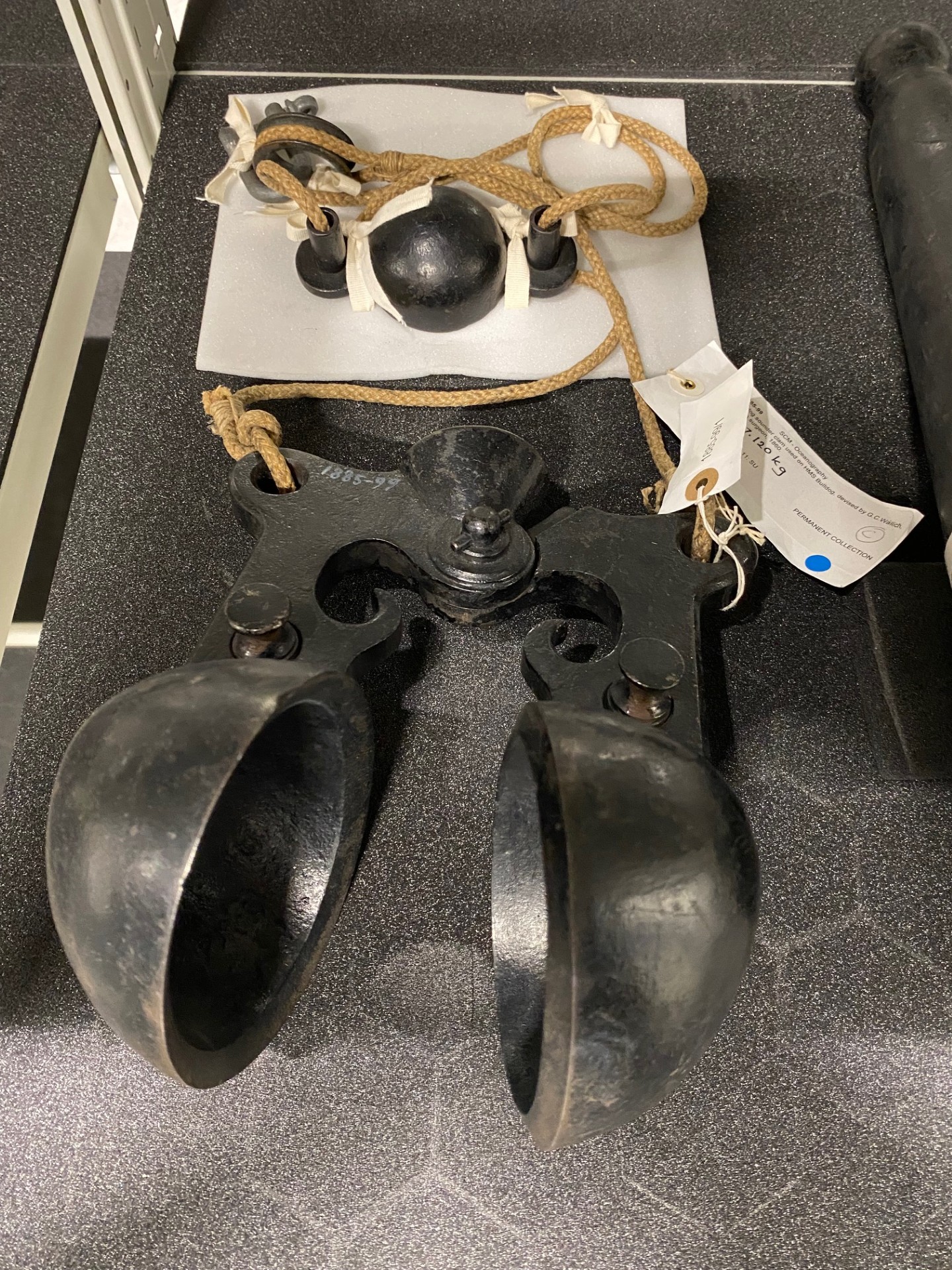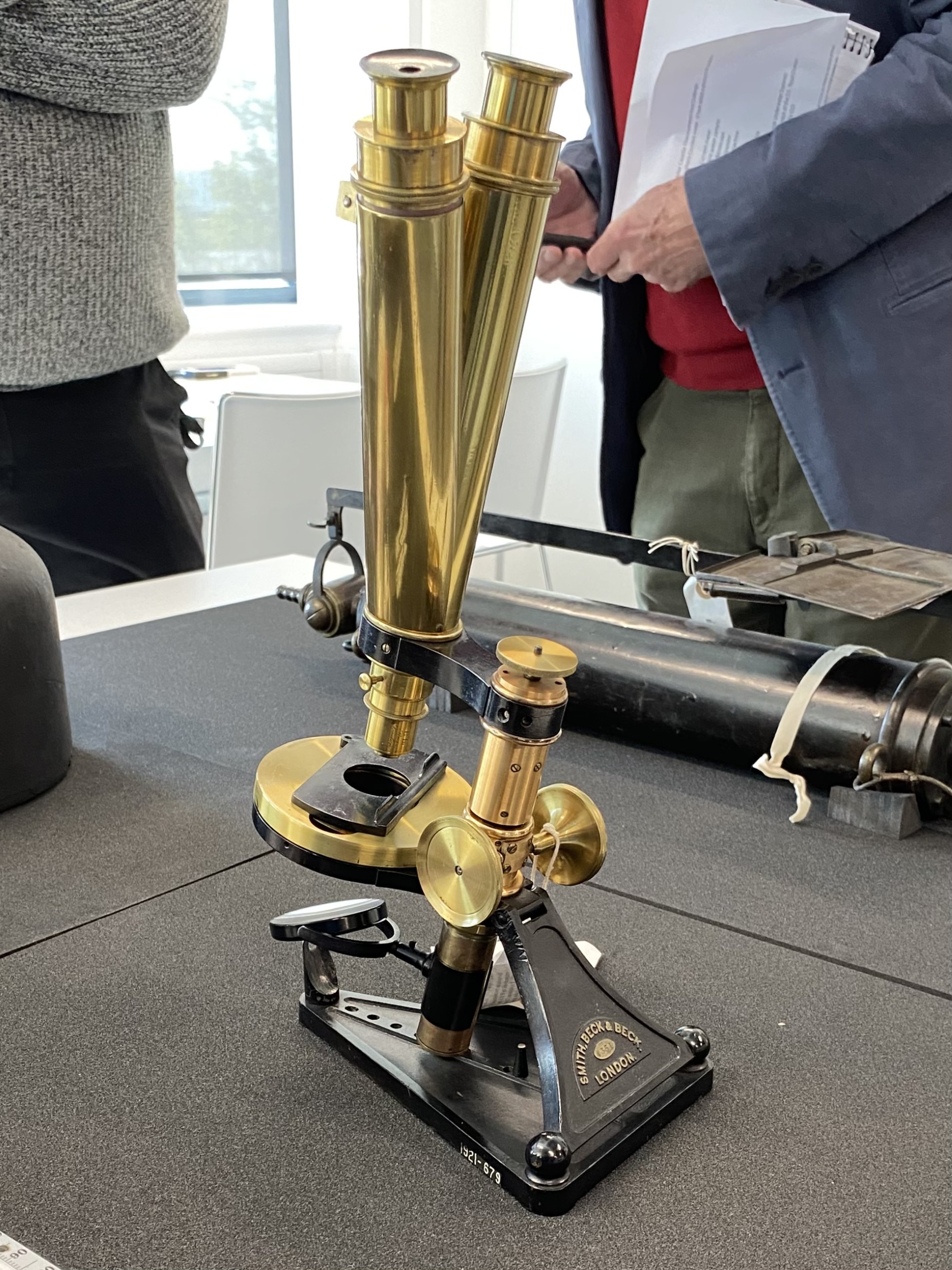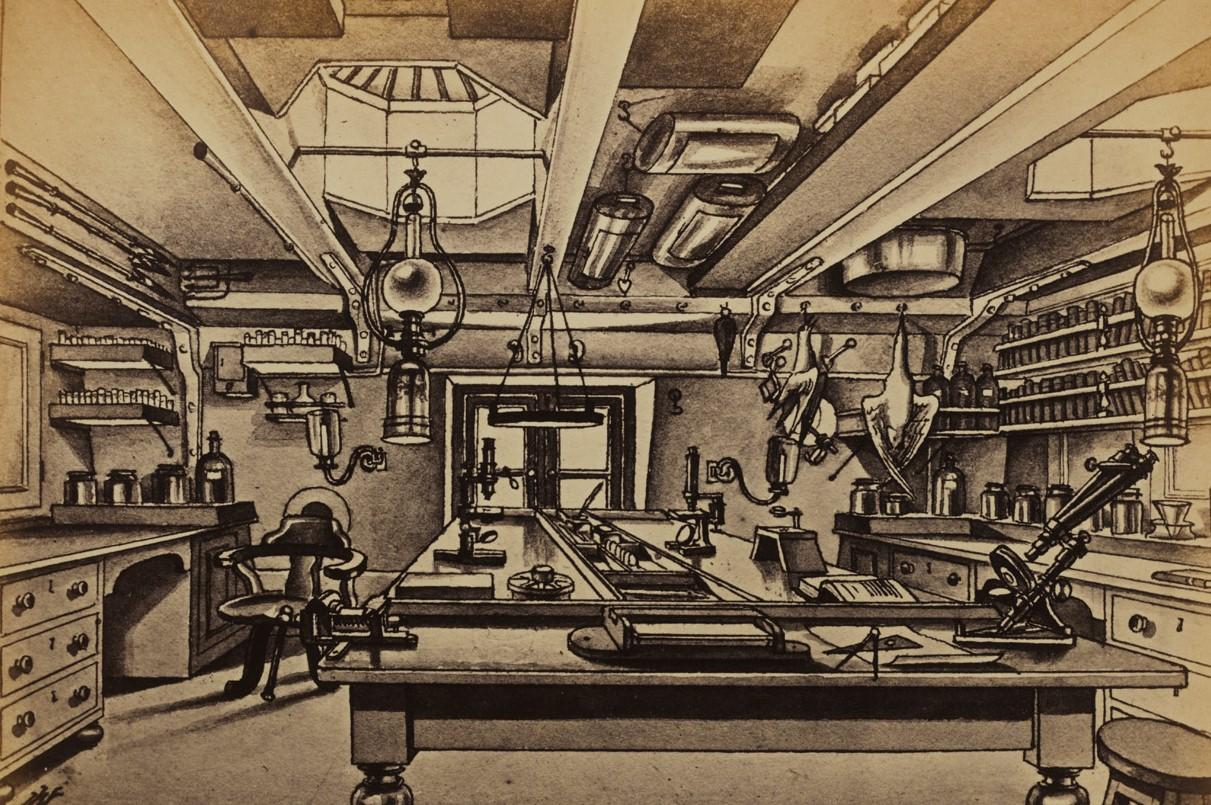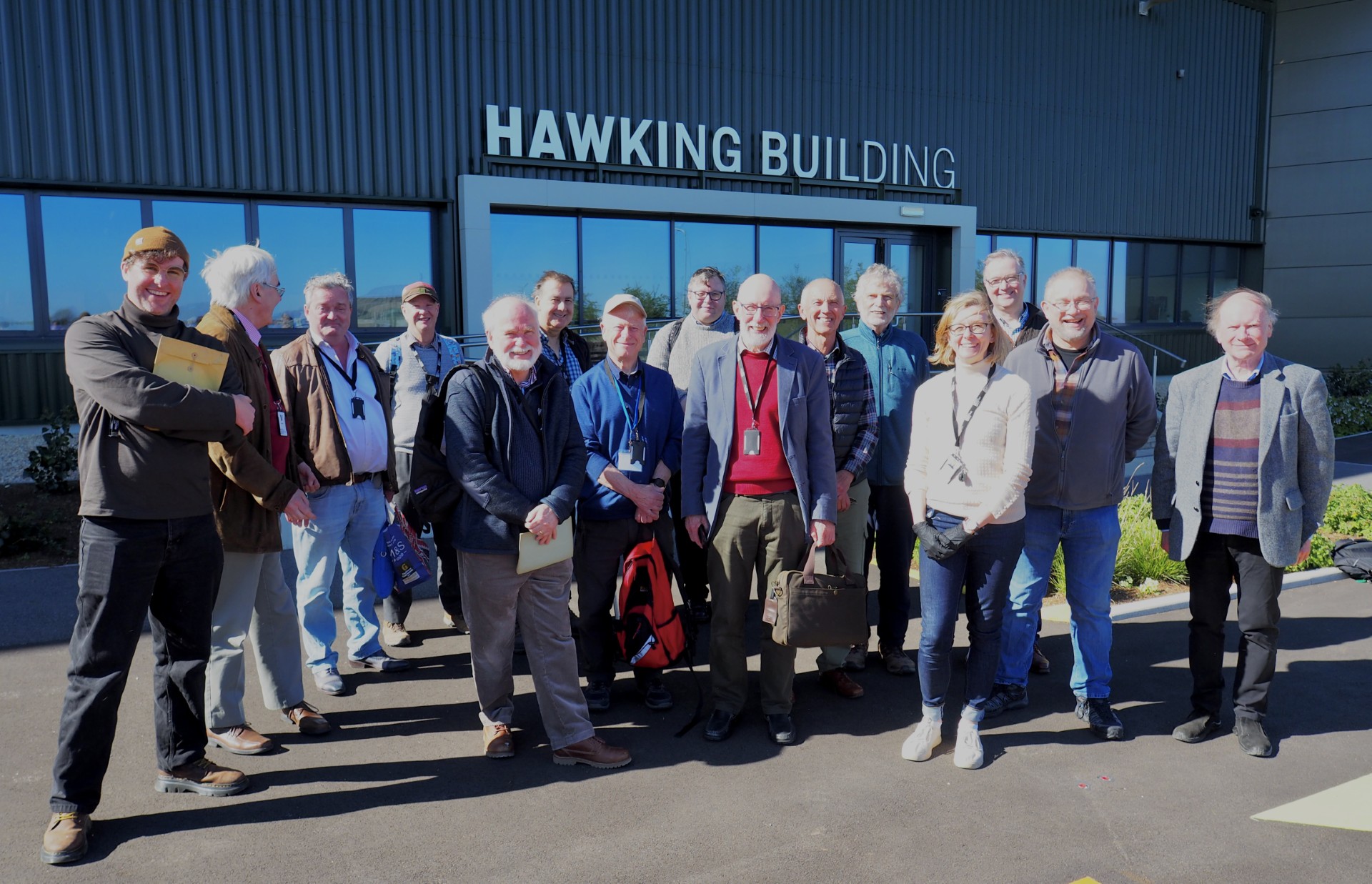The Deputy Curator of BOSCORF (British Ocean Sediment Core Research Facility) recently joined a special visit to the Science Museum Group's National Collections Centre at Wroughton near Swindon. Eminent oceanographer Dr. John Gould organised this knowledge-sharing initiative, bringing together experts from across ocean and atmospheric sciences to explore rarely-seen historical scientific instruments and identify opportunities for metadata enhancement.
The National Collections Centre occupies a 545-acre former RAF airfield and houses approximately 80% of the Science Museum Group Collection. Following an ambitious project launched in 2018, this purpose-built facility now provides optimal storage conditions for around 300,000 historic objects spanning science, technology, engineering, medicine, transport, and media.

Historical Oceanographic Treasures
The tour of the collections included the 'Bulldog' sounder and sampler, a groundbreaking marine research instrument designed in 1860 aboard the HMS Bulldog. Marine engineer Mr. Steil, assistant engineer Mr. Roughton, and ship's naturalist George Charles Wallich collaborated to create this innovative device that is considered the genesis of seafloor sediment collection during early submarine cable survey operations around the Faroe Islands, Iceland, and Greenland.

The Bulldog sampler featured a mechanism with scoops held open by sinking weights during descent. When reaching the seafloor, these weights detached, allowing a rubber band to close the scoops and capture sediment samples. Though later designs like the Hydra and Baillie sounders superseded it, the Bulldog represents a crucial milestone in the development of marine sampling technology.
We also had an opportunity to examine a microscope from the historic HMS Challenger expedition (1872-1876), widely regarded as the foundation of modern oceanography. Scientists used this instrument in one of history's first systematic studies of the world's oceans, analysing marine specimens and sediments that transformed our understanding of deep-sea environments. Some of you might recognise it from the sketch of the Main Lab aboard HMS Challenger.


Bridging Historical Collections and Modern Research
Dr. Alexandra Rose, Curator of Earth and Climate Science, hosted the visit to strengthen connections between the Science Museum and organisations like the National Oceanography Centre, the Challenger Society and Royal Meteorological Society through their respective History Special Interest Groups.
"This collaboration presents a valuable opportunity to enhance metadata about historical equipment and identify any crucial gaps in the national collections," noted Dr. Gould. The diverse group included ocean science veterans like Gwyn Griffiths, Keith Birch, Colin Pelton, Paul Tyler, Steve Hall, John Allen, and Phil Weaver, alongside historian Sam Robinson from the University of York.

For BOSCORF, the visit offered invaluable context on the evolution of marine sediment sampling and data collection techniques from the pioneering Bulldog sampler to modern coring methods. Such historical perspective enriches understanding of contemporary seafloor sampling strategies and highlights the importance of preserving both historical artifacts and the knowledge they represent.
The Science Museum Group's world-class collection forms an enduring record of scientific and technological advancement. These historical treasures continue to inform and inspire today's oceanographic research community through collaborations like this visit.
The National Collections Centre now actively welcomes public visitors through regular guided tours, offering unprecedented access to these valuable historical treasures. You can find more info here.
- Log in to post comments